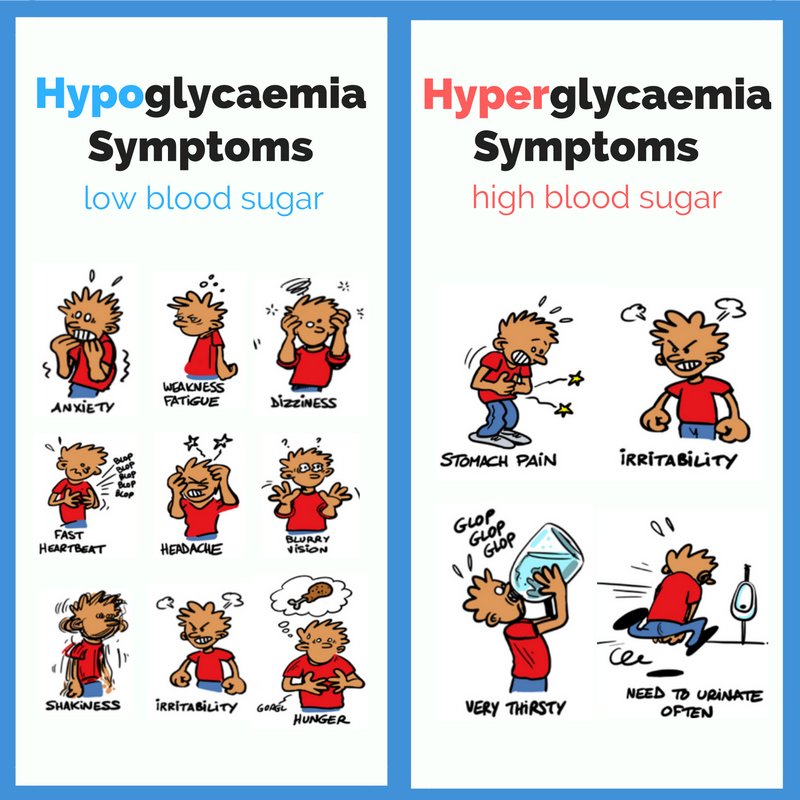Image source: http://media.gettyimages.com/photos/monkeypox-virus-present-in-human-vesicular-fluid-here-a-negative-picture-id151054421?s=612x612
Monkeypox is a rare smallpox-like disease that occurs primarily in the rain forest countries of central and west Africa. The disease was discovered in laboratory monkeys in 1958. Studies of animals in Africa later found evidence of orthopoxvirus infection in a number of African rodents. The virus has been isolated from an African tree squirrel, which may be the natural host. Laboratory studies showed that monkeypox also could infect mice, rats, and rabbits. In 1970, monkeypox was reported in humans for the first time. In June 2003, monkeypox was reported in prairie dogs and humans in the United States.
The disease also can be spread from person to person, although it is much less infectious than smallpox. In human transmission, the virus is thought to be transmitted by respiratory droplets during direct and prolonged face-to-face contact. In addition, it is possible monkeypox can be spread by direct contact with body fluids of an infected person or with virus-contaminated objects, such as bedding or clothing.
Causes
In humans, monkeypox is similar to smallpox, although it is often milder. Unlike smallpox, monkeypox causes lymph nodes to swell (lymphadenopathy). The incubation period for monkeypox is about 12 days (range 7 to 17 days). The illness begins with fever, headache, muscle aches, backache, swollen lymph nodes, a general feeling of discomfort, and exhaustion. Within 1 to 3 days (sometimes longer) after the appearance of fever, the patient develops a papular rash (i.e., raised bumps), often first on the face but sometimes initially on other parts of the body. The lesions usually develop through several stages before crusting and falling off.
Symptoms
The monkeypox virus is transmitted to humans through an infected animal's blood, body sores, or bite; or through handling an infected animal's bedding or cage. Initial symptoms of monkeypox in humans include fever, a bodywide rash (exanthem) of pus-filled blisters, and flu-like muscle aches and fatigue. These symptoms can be accompanied by diarrhea, swollen lymph nodes, a sore throat, and mouth sores. In some cases, a victim may experience trouble breathing. Symptoms are at their worst for 3-7 days, after which the fever lessens and blisters begin to form crusts.
In humans, monkeypox is similar to smallpox, except that enlargement of lymph nodes (lymphadenopathy) is associated with monkeypox. About 12 days after exposure, the illness begins with fever, headache, muscle aches, backache, swollen lymph nodes, a general feeling of discomfort, and exhaustion. Within 1 to 3 days (sometimes longer) after the appearance of fever, the patient develops a papular rash (i.e., raised bumps), often first on the face but sometimes initially on other parts of the body. The lesions usually develop through several stages before crusting and falling off.
Treatment
Most monkeypox cases have been diagnosed in remote areas of central and west Africa. Contact with infected animals is unusual because they are isolated in forests, away from humans. However, between February 1996 and October 1997, there were 511 suspected cases of monkeypox in the Democratic Republic of the Congo (DRC, formerly Zaire). This outbreak, the largest ever, raised fears that the virus had mutated and become more infectious.
Currently, no treatment is available for monkeypox. Smallpox vaccine has been reported to reduce the risk of monkeypox among previously vaccinated persons in Africa. CDC is assessing the potential role of postexposure use of smallpox vaccine as well as therapeutic use of the antiviral drug cidofovir.
